Misinformation vs. disinformation
What are the differences?
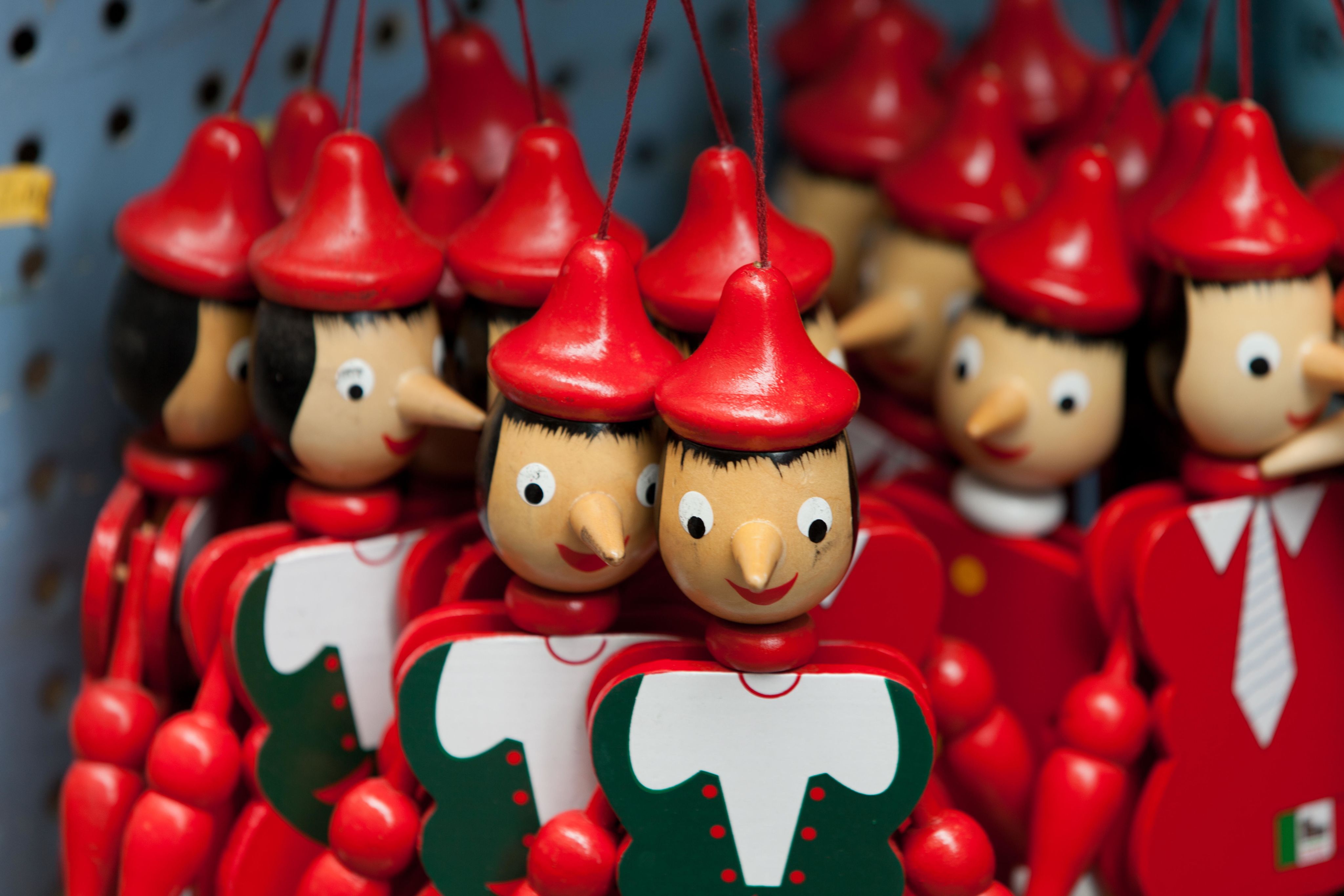
Misinformation, disinformation, malinformation, and propaganda have a long history in political communications.
But it's only recently that these words – along with "fake news" – have become part of everyday conversation.
Conspiracy theories have also become more widespread in recent years, especially since the start of the COVID-19 pandemic.
Why is this happening now? Which is most dangerous? And what are the differences between these seemingly similar things?
Let's start by looking at the reasons behind the recent rise in misinformation and disinformation.

Key points
- The difference between misinformation and disinformation is misinformation is created and shared without malicious intent, while disinformation is created and shared to deceive
- The primary causes of the increase in disinformation and misinformation are declining trust in mass media, the impact of blogging and social media, and the rise of "clickbait media"
- Fake news can be a genre or a label
- There are six categories of fake news as a genre – whether it's misinformation or disinformation depends on which category it falls into
- Rumors and conspiracy theories often originate from misinformation and disinformation
Causes of misinformation and disinformation
There are several reasons why misinformation and disinformation have entered popular discourse in the last few years.
Lack of trust in media
One is the decline in the public's trust in media institutions and the press. This leads to people getting their news from less credible sources.
For example, in 2022, only 7% of Americans had "a great deal" of trust in mass media, while 38% had no trust at all.
Compare this with 1974, when only 8% had no trust at all.
Impact of the internet
Nowadays, non-journalists can reach a massive audience through social media and blogs. This has had a massive impact on the rise of misinformation and disinformation.
When someone shares information online, the audience considers both the source of information and the identity of the sharer to determine credibility. This can be a significant issue if trusted people such as politicians or celebrities share inaccurate information from non-verified sources.
The advent of artificial intelligence (AI) can accelerate the production and spread of misinformation and disinformation using tools including automated accounts (bots) and impersonation accounts on social media.
The rise of "clickbait media"
Another reason for the rise in misinformation and disinformation is the press's dependency on revenue from digital advertising.
This can lead to traditional news organizations indulging in "clickbait media" to compete with low-cost websites and blogs where the editorial direction is shaped by "trending" topics rather than important issues.
Contemporary online news consumers are awash in dubious, manipulative content—even on the webpages of some of the world’s highest-quality news sites
To compete effectively, journalists may cover topics they're unfamiliar with and may be expected to produce and publish content quickly.
This can lead to credible outlets publishing inaccurate stories where nobody has verified or checked facts.
This fuels the decline in trust in mass media highlighted above.
The differences between misinformation, disinformation, and fake news
Misinformation. Disinformation. Malinformation. Fake news. Conspiracy theories.
What are the differences? And are they always linked?
As we'll see, there's a lot of crossover between these concepts.
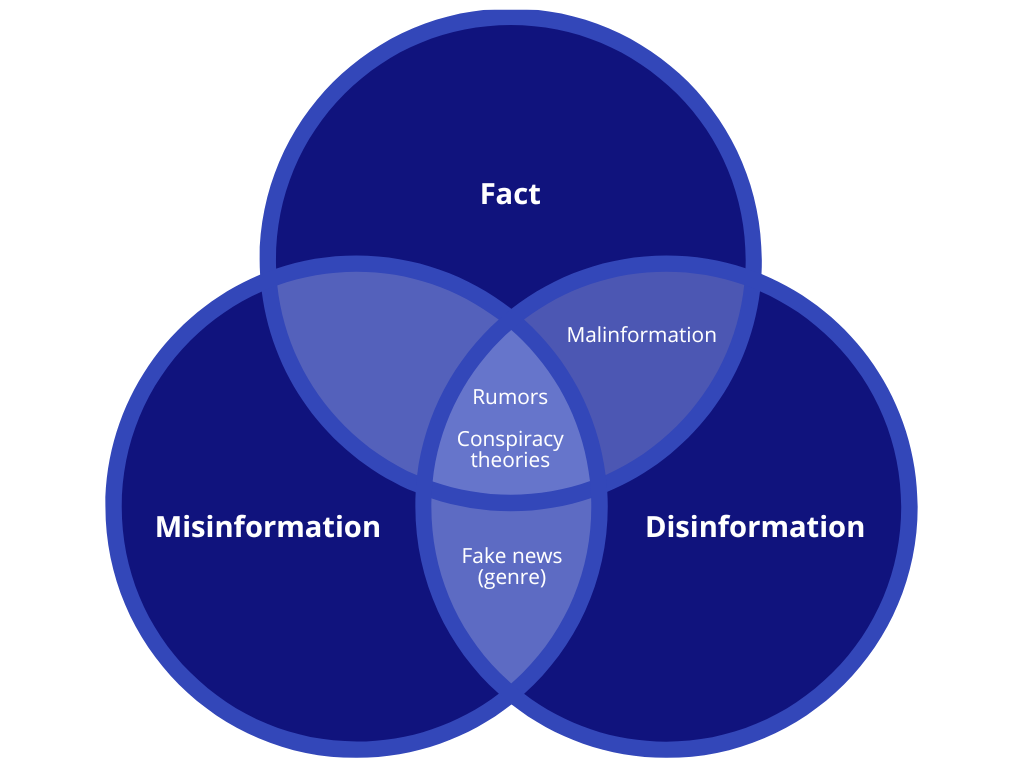
Misinformation definitions
In "Combating fake news, disinformation, and misinformation: Experimental evidence for media literacy education," Theodora Dame Adjin-Tettey says that misinformation is "misleading information created or disseminated without manipulative or malicious intent."
The definition of misinformation in a book chapter by Lucinda Austin et al. on managing misinformation and conflicting information in a public relations context also focuses on the honest intent of the sender. The authors say misinformation is "false information shared without the intention of harm."
In a health communication context, Xiaoli Nan, Yuan Wang, and Kathryn Thier define misinformation slightly differently. Citing Brony Swire-Thompson and David Lazer, they say misinformation is "information that is contrary to the epistemic consensus of the scientific community regarding a phenomenon."
Other definitions of misinformation are broader and include fake news, conspiracy theories, propaganda, and clickbait as forms of misinformation rather than disinformation:
"Misinformation is, by definition, false or misleading information," says Jeroen de Ridder in "What's so bad about misinformation?"
Misinformation example: A high-profile politician shares a news story that has a misleading headline. The publisher later corrects this. However, the politician is unaware of the correction, and people continue to share the original post with the incorrect headline.
Disinformation definitions
In contrast to misinformation, the intent of those who generate and share disinformation is to deceive.
In 2017's The Disinformation Age, author Eric Cheyfitz cites the Oxford English Dictionary definition of disinformation: "The dissemination of deliberately false information, [especially] when supplied by a government or its agent to a foreign power or to the media, with the intention of influencing the policies or opinions of those who receive it."
More recent definitions tend to highlight how it's not just government agents that produce and spread disinformation, but corporations and individuals too.
In the 2022 book chapter, Russian Disinformation: Old Tactics – New Narratives, in Disinformation, Narratives and Memory Politics in Russia and Belarus, Agnieszka Legucka highlights the European Commission's definition of disinformation:
"Disinformation includes all forms of false, inaccurate, or misleading information designed, presented, and promoted to intentionally cause public harm or for profit."
Legucka adds that the goals of disinformation are:
- deception
- profit gain
- an intent to harm
"Actors ranging from corporations, government agencies, and individuals have been identified as creators of fake news and disinformation," adds Theodora Dame Adjin-Tettey.
Disinformation example: An organization with investments in the construction industry fabricates a research study about the economic benefits of low-density housing.
Malinformation
Closely related to disinformation is "malinformation."
This is information based on some aspect of reality but shared out of context to create harm to a person or organization.
Malinformation example: A political party produces a campaign leaflet that includes edited quotes from a rival politician presented out of context.
Fake news definitions
There are two dimensions to "fake news":
- Fake news as a genre (disinformation or misinformation disguised as journalistic news)
- Fake news as a label (use of the term as a tool to attack or delegitimize news media)
1. Fake news as a genre
When misinformation and disinformation are packaged in a news format, they can be described as "fake news."
The definition of fake news that Theodora Dame Adjin-Tettey cites is "news articles that are intentionally and verifiably false, and could mislead readers."
Six categories of fake news as a genre
In their article, "Defining 'Fake News,'" Edson C. Tandoc Jr., Zheng Wei Lim, and Richard Ling outline six categories of fake news:
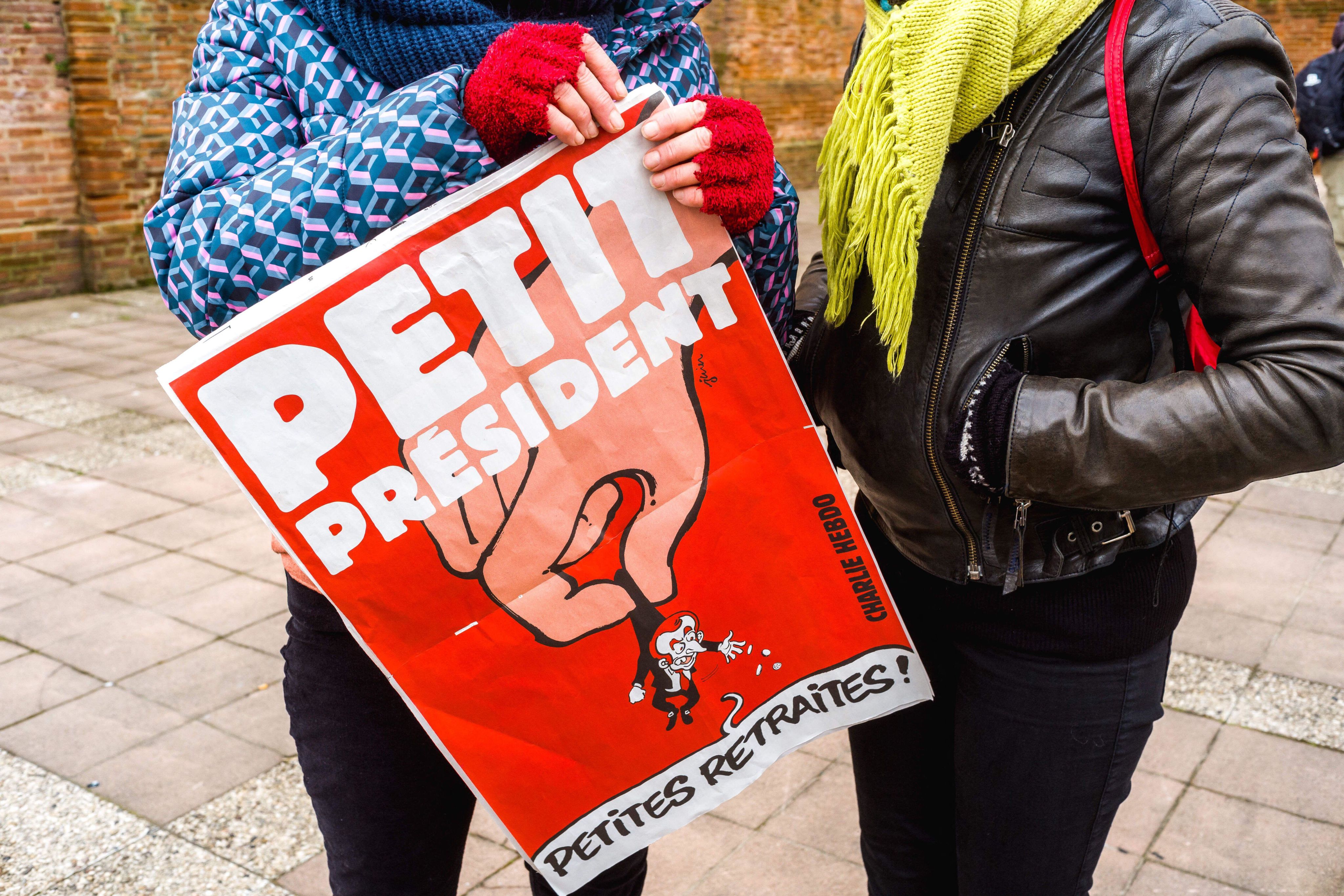
1. Satire
e.g. mock news programs or reports based on factual events
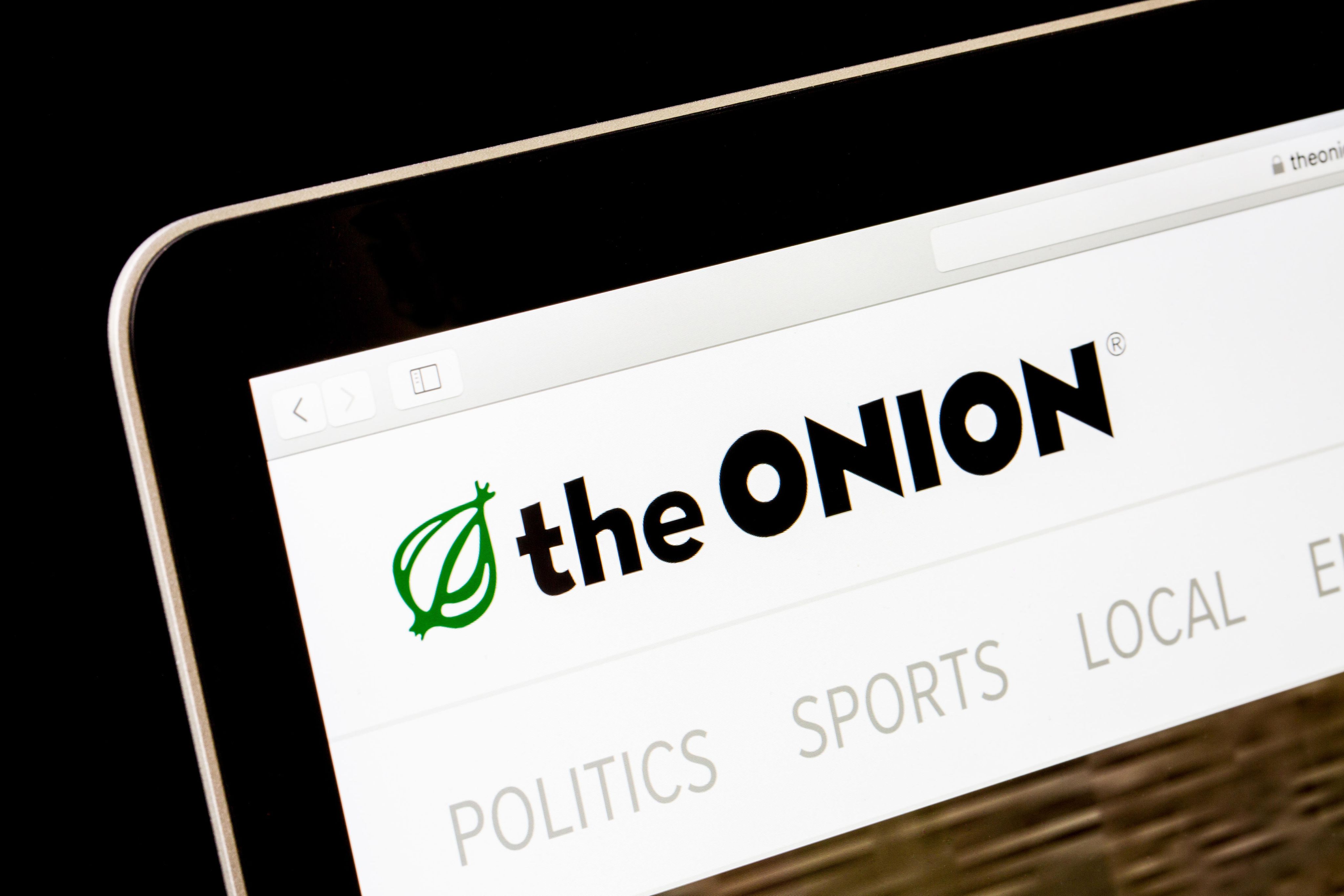
2. Parody
e.g. using non-factual information for humorous purposes
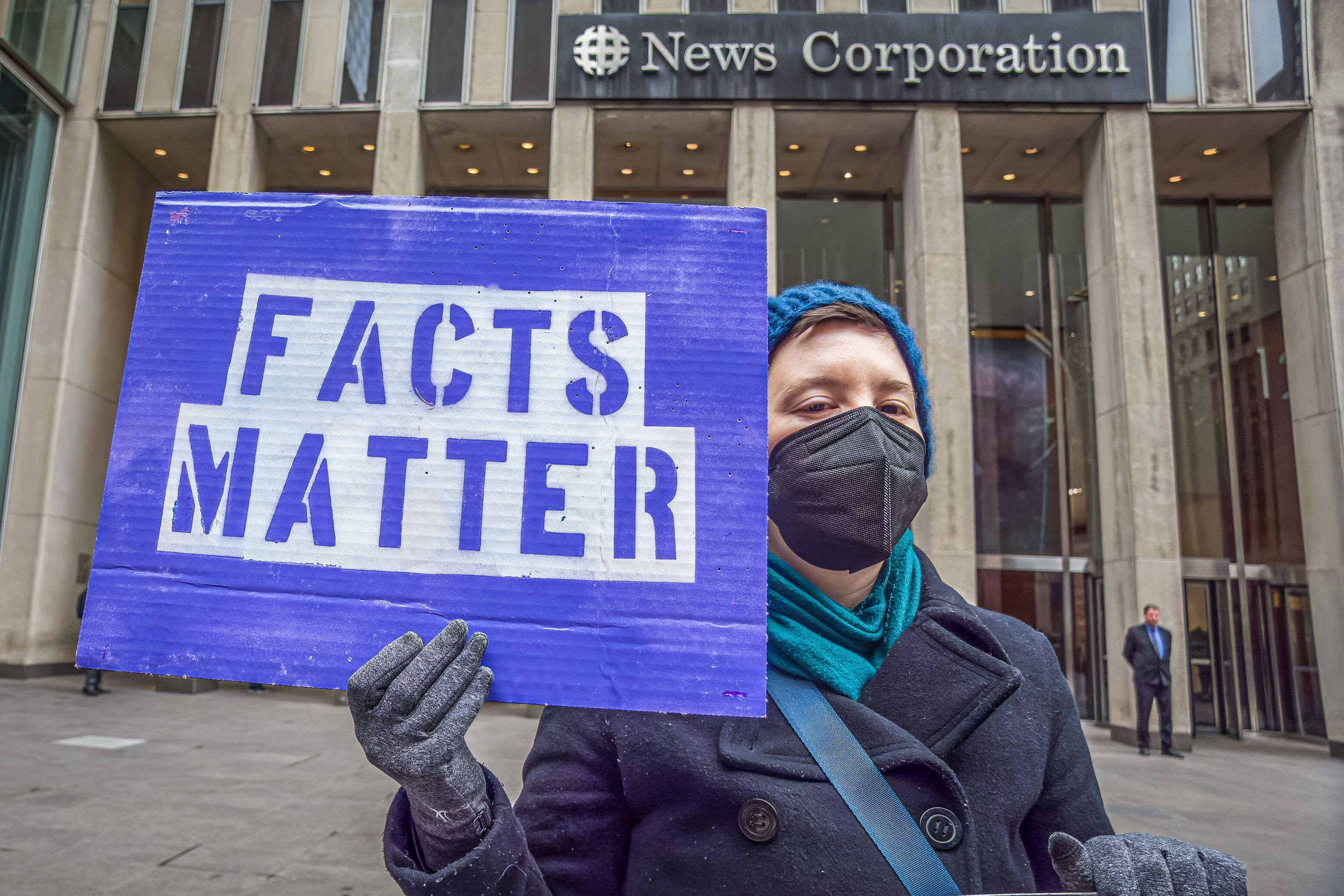
3. News fabrication
e.g. articles that have no factual basis but are published in the style of news articles to look credible

4. Photo manipulation
e.g. inserting or removing objects or a person from an image

5. Propaganda
e.g. news stories created by a political entity to influence public perception
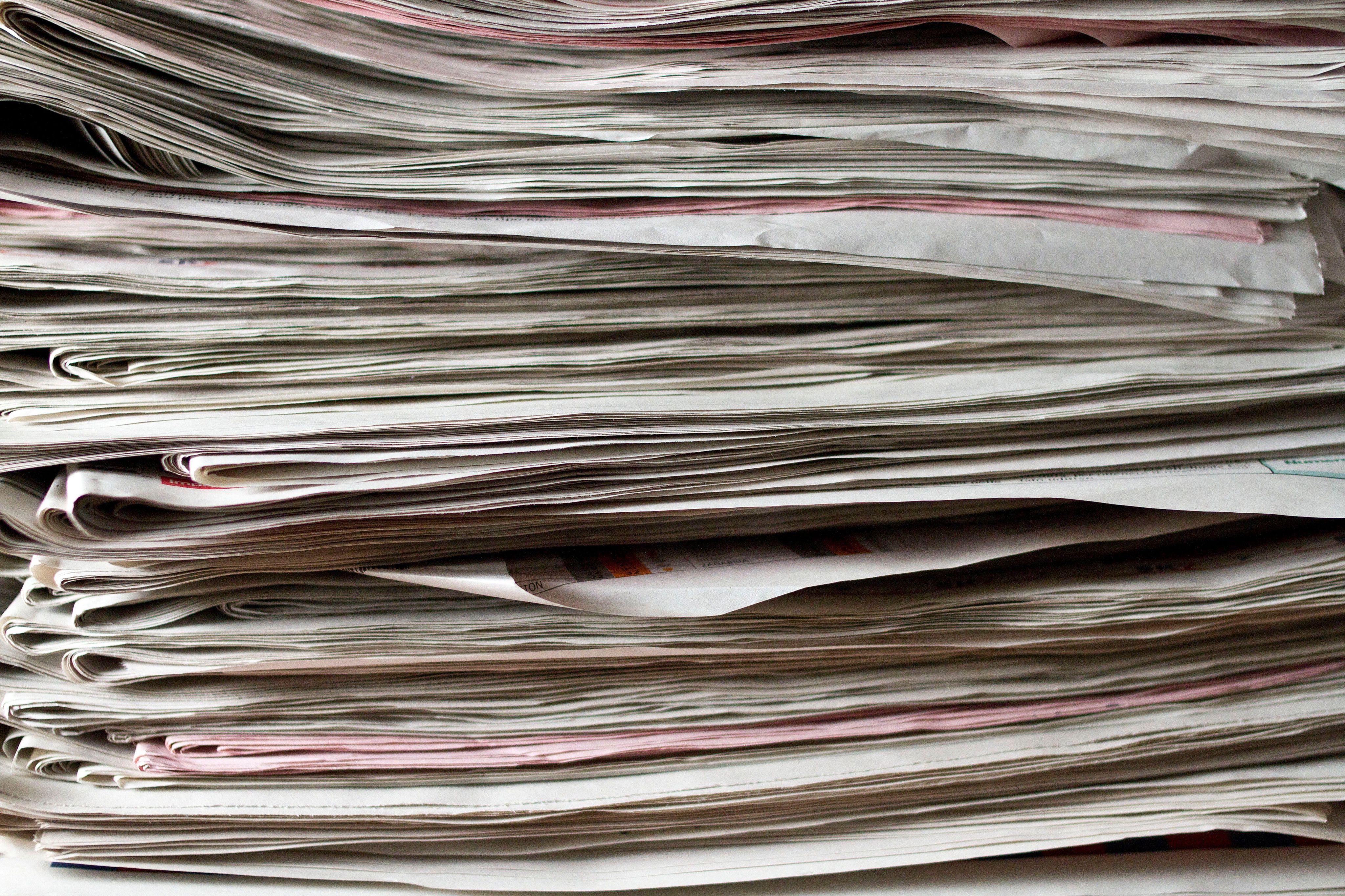
6. Advertising and public relations disguised as news
e.g. advertorials in the guise of genuine news reports or press releases published as news
They class each of the six categories of fake news on two dimensions – the author’s intention to deceive, and facticity, which refers to the degree that fake news relies on facts.

- News satire has high facticity and a low intention to deceive
- News parody has low facticity and a low intention to deceive
- News fabrication has low facticity and a high intention to deceive
- Advertising and public relations (disguised as news), propaganda, and photo manipulation have low facticity and a high intention to deceive
2. Fake news as a label
The term "fake news" is negative. The authors of "Fake news as a two-dimensional phenomenon: a framework and research agenda," Jana Laura Egelhofer and Sophie Lecheler, say this allows political actors to discredit news media, and portray it "as institutions that purposely spread disinformation with the intention to deceive."
They say that politicians criticizing news media is not a new phenomenon. But it now happens more often, following the introduction of the "fake news" label.
This can threaten the freedom of the press and threaten democracy.
Rumors and conspiracy theories
In "Disinformation by Design: The Use of Evidence Collages and Platform Filtering in a Media Manipulation Campaign," P. M. Krafft and Joan Donovan cite this definition of a rumor: "an unverified proposition for [a] belief that bears topical relevance for persons actively involved in its dissemination."
They say that "for a rumor to occur the situation must be uncertain, and people must care about the content of the rumor."
So, how is a rumor different from a conspiracy theory?
The difference is that a conspiracy theory aims to explain powerful people's secret plans or schemes. Many conspiracy theories do this in a way that's unwarranted or dangerous and ignore contradictory evidence that disproves the theory.
Links with misinformation and disinformation
Rumors and conspiracy theories often originate from content that isn't supported by the best available evidence. This includes misinformation, disinformation, and fake news. However, they can originate from factual content, too.
Misinformation, disinformation, and fake news can help accelerate the spread of rumors and conspiracy theories.
Further reading:
Open access journal articles
- Combating fake news, disinformation, and misinformation: Experimental evidence for media literacy education by Theodora Dame Adjin-Tettey in Cogent Arts & Humanities
- Disinformation by design: The use of evidence collages and platform filtering in a media manipulation campaign by P. M. Krafft and Joan Donovan in Political Communication
- Fake news as a two-dimensional phenomenon: a framework and research agenda by Jana Laura Egelhofer and Sophie Lecheler in Annals of the International Communication Association
- What's so bad about misinformation? by Jeroen de Ridder in Inquiry
Open access books
- Social Media and Hate by Shakuntala Banaji and Dr. Ram Bhat
- Democracy and Fake News: Information Manipulation and Post-Truth Politics by Serena Giusti and Elisa Piras
More books
- Conspiracy Theories in the Time of Covid-19 by Clare Birchall and Peter Knight
- Digital Democracy, Social Media and Disinformation by Petros Iosifidis and Nicholas Nicoli
- Disinformation and Manipulation in Digital Media by Eileen Culloty and Jane Suiter
- Disinformation, Narratives, and Memory Politics in Russia and Belarus edited by Agnieszka Legucka and Robert Kupiecki
- The Disinformation Age: The Collapse of Liberal Democracy in the United States by Eric Cheyfitz
You might also like:
Social justice and sustainability
Find out about the content we publish, commitments we've made, and initiatives we support related to social justice and sustainability:
 China
China Africa
Africa




